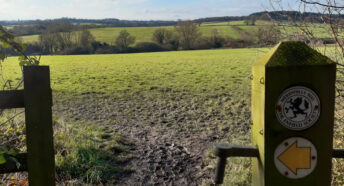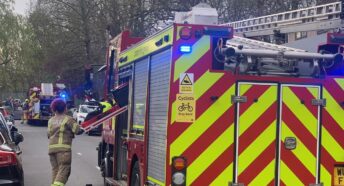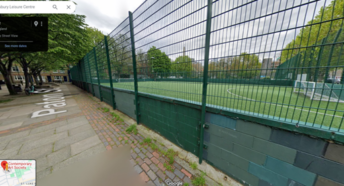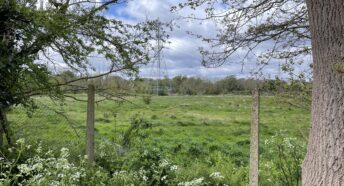Kingston to protect its Green Belt
Three years on from submitting comments to the first consultation, CPRE London is pleased to see Green Belt and MOL will remain protected in Kingston.
CPRE London has responded to the Royal Borough of Kingston upon Thames’ Draft Local Plan consultation.
Unlike other boroughs Ealing, Hounslow and Enfield, Kingston has happily said it will protect all Green Belt and Metropolitan Open Land in the borough. This is great news, and not just because three years ago there were indications this might not be the case. In 2019 we responded to an earlier consultation where fully 40 protected green sites were listed as potential sites for development (known as Site Allocations). We went to lengths to stress the critical importance of retaining land protections, saying why London’s Green Belt, and the protected green spaces within urban areas, are so incredibly important for our health and environment. Find out more about why we campaign to protect London’s Green Belt here and what we’re doing to campaign for Green Space for All here.
We are delighted to see the positive approach to development and planning, avoiding building on protected land and instead seeking to redevelop “brownfield” land (a technical planning term meaning land which has previously been built on), particularly as we are currently seeing other London boroughs failing, in our view, to properly assess the potential to regenerate previously developed land, instead insisting there is no option but to build over green space, something we strongly contest.
When we wrote in response to the previous consultation in 2019, we also noted the exceptionally high annual house-building targets and emphasised they were significantly higher than recent annual ‘build out’ rates in Kingston: the market simply won’t be able to deliver that number of new homes, with the best will in the world. We said: “The exceptionally high targets proposed are hugely unrealistic from this point of view. We cannot support over-allocation of sites for housing to the extent that is proposed. We support the need for more housing and for ambitious targets but there are serious negative consequences of over-allocating land, specifically that protected land is allocated unnecessarily, with the likelihood that it will be built out before the PDL sites (previously developed land); also allocating land which is unlikely to be needed means it cannot be used for other more useful purposes.”
We were very interested, therefore, to see Kingston reproduce the data on build-out rates to which we referred in its recent consultation, and place some emphasis on the need to be ambitious but also realistic. This has been a long-running campaign for our national CPRE partners and was well documented in the 2015 report Set Up To Fail.
Kingston also makes clear links to transport policy in its recent document, which is essential to create genuinely sustainable patterns of development and in our comments submitted three years ago we also were at pains to point to the need to have an integrated planning and transport framework. So this is also good news.
We did have one major concern and some further comments.
We are very concerned that the Kingston Hill Campus is listed as a Site Allocation for residential or mixed-used development. The consultation document does not give any more specific information than to say “The site is to be allocated for mixed use development, including for residential, and educational uses”, so we cannot know the extent of proposals, this is nonetheless very worrying. This site is rich woodland and important habitat and we believe it should either be removed from the plan or redrawn so that any development (or redevelopment) would only happen on the existing built footprint.

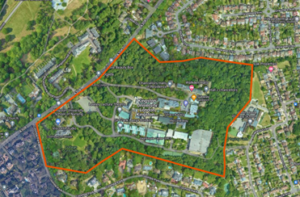
In terms of our additional comments, we stressed the need to reprovision ‘grey space’ and create new parks from streets in Areas of Deficiency (AoDs) where residents don’t have access to green space. We felt Kingston should take the opportunity to designate key parks as Local Green Space which gives the same protection as Green Belt; we want Kingston to help guard against playing fields being bought by developers and taken out of use (an increasing problem in London); and we pushed for even more ambitious policies on public realm, which we feel should be expanded to include ‘grey space’.




